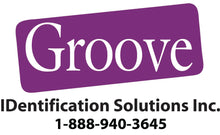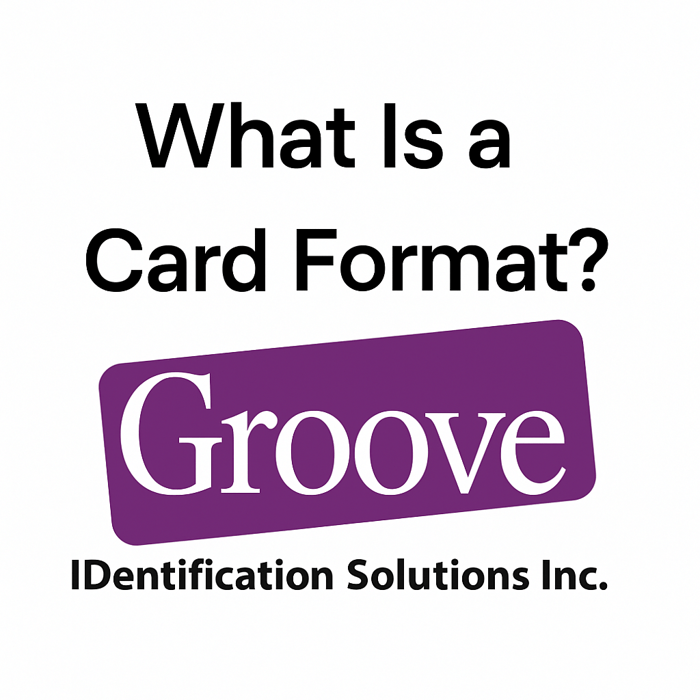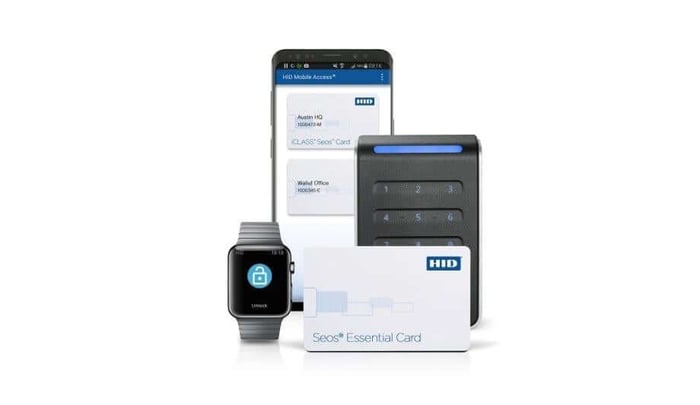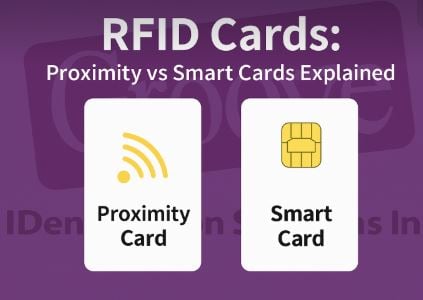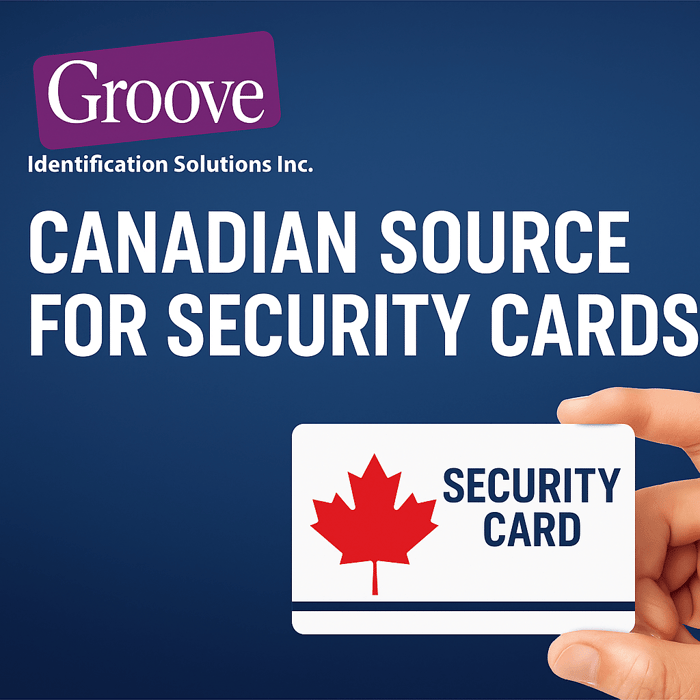When you're working with access control systems, you’ll often hear the term Card Format thrown around. But what exactly does it mean, and why is it so important to your building’s security?
In this guide, we’ll break down what a Card Format is, why it matters, and explain common formats like H10301 and C15001. We'll also help you choose the right format for your organization's needs.
What Is a Card Format?
In simple terms, a Card Format defines how the data is structured on an access card.
Think of it like the blueprint for how your access control system reads the card. It tells the system exactly where to find the facility code, the card number, and other important information.
Every time you swipe or present a card to a reader, the reader needs to understand this blueprint to validate the card correctly.
Without the right format, your access system wouldn't know how to interpret the data, and the card would be rejected.
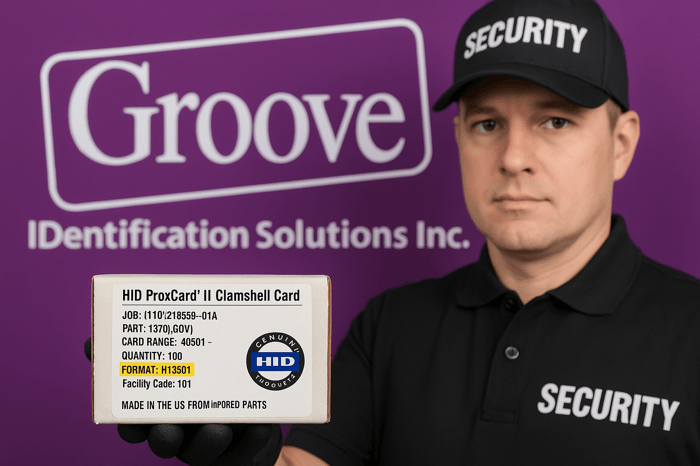
How Card Formats Work
Each Card Format follows a specific structure. It lays out:
Bit length: The total number of binary bits of information. Common lengths include 26-bit, 35-bit, or custom lengths.
Facility Code: A code identifying the building or company.
Card Number: A unique number assigned to each cardholder.
Parity Bits: Bits used for error checking, ensuring the card data is read correctly.
When someone presents a card, the reader captures the bit sequence. The controller checks the facility code and card number according to the format's blueprint to approve or deny access.
Common Standard Card Formats
There are thousands of formats available, but a few standard ones are seen across many industries:
H10301 (26-bit Wiegand)
Most common format used in North America.
Consists of 26 bits: 8 bits for the facility code and 16 bits for the card number.
Offers up to 255 facility codes and 65,535 unique card numbers.
Used in countless legacy systems and many modern ones too.
Example: If you see H10301, you know it's a 26-bit format widely recognized and easy to program into most systems.
H10304 (37-bit Wiegand)
A longer, more secure version of H10301.
Uses 37 bits, allowing for a much larger number of facility codes and card numbers.
Typically used when organizations need more cardholder capacity or a higher level of security.
Corporate 1000 Format (C10001, C15001, etc.)
These are custom formats offered by HID Global.
Corporate 1000 gives a company a unique format that no one else can use.
Different numbers after C (like C15001) represent different versions of custom formats.
Adds an extra layer of exclusivity and security because only your organization has access to the format.
Example: If your access cards say C15001, it means you have a specific, registered Corporate 1000 format that is not publicly available.
Why Card Format Matters
Choosing the right Format isn't just a technical decision. It impacts security, scalability, and even costs. Here's why it’s important:
1. Compatibility with Your System
Your readers and controllers must be compatible with the format you select. If you use a format your system can't read, you’ll need new hardware, which could get expensive fast.
2. Security
Shorter formats like 26-bit are easier to duplicate because there are fewer possible combinations. Longer or custom formats make it harder for someone to clone your cards.
3. Scalability
If you're a growing company, using a small format may eventually limit you. Corporate formats or larger-bit formats allow for more cardholders and multiple facility codes.
4. Future-Proofing
Technology changes fast. Choosing a flexible Format today can save you from costly upgrades down the road.
Custom vs Standard Formats
When setting up your access control system, you’ll usually have two options:
Standard Formats
Easy to find and order.
Supported by most systems out of the box.
Lower cost.
Good for smaller organizations or less critical environments.
Custom Formats
Unique to your organization.
Higher security and exclusivity.
Slightly higher cost.
Better for large enterprises, hospitals, government agencies, and institutions needing extra protection.
Many companies start with standard formats and move to custom formats as they grow or their security needs become more demanding.
Can You Mix Card Formats in the Same System?
Technically, yes — but it’s complicated.
Most access control systems are designed to recognize only one active Card Format at a time. Some advanced systems can support multiple formats, but it often requires extra configuration and may cause confusion.
Best practice: stick to one consistent Format for your entire organization to avoid reader and software conflicts.
How to Find Out What Card Format You Have
If you already have cards and you're unsure about the format, here’s what you can do:
Look at the printing: Some cards have the format code (like H10301) printed directly on them.
Ask your supplier: They can often check the card type based on previous orders.
Use a card reader: Specialized handheld readers can display the format information when you scan a card.
Check access system software: Some software platforms can show the format when a card is enrolled.
Knowing your current Card Format is key if you plan to reorder cards, upgrade your system, or troubleshoot problems.
What Happens If You Order the Wrong Format?
Ordering cards with the wrong format can cause major headaches:
The cards won't work with your readers.
You may have to reorder everything.
If you program the wrong format into your system, it can cause data mismatches and access issues.
This is why confirming your Format before reordering or expanding your system is so critical.
Tips for Choosing the Right Card Format
Talk to your installer or security consultant. They can recommend the best option based on your system and goals.
Consider future growth. Even if you’re small now, planning for scalability can save money later.
Evaluate your security needs. High-security environments should always lean toward custom or longer-bit formats.
Work with a trusted supplier. They can guide you through the selection process and ensure you stay compatible.
Final Thoughts
Your Card Format plays a crucial role in the security, efficiency, and future growth of your access control system. Whether you're using a standard format like H10301 or a custom format like C15001, understanding the structure behind your cards will help you make smarter decisions.
If you’re ever unsure about your card format, it’s always better to ask before placing an order. At Groove Identification Solutions, we help organizations across Canada choose the right cards, formats, and access systems every day.
Need help figuring out your Card Format or planning your next access card order?
Give us a call at 1-888-940-3645 or visit groovebadges.com — we’re happy to help!
